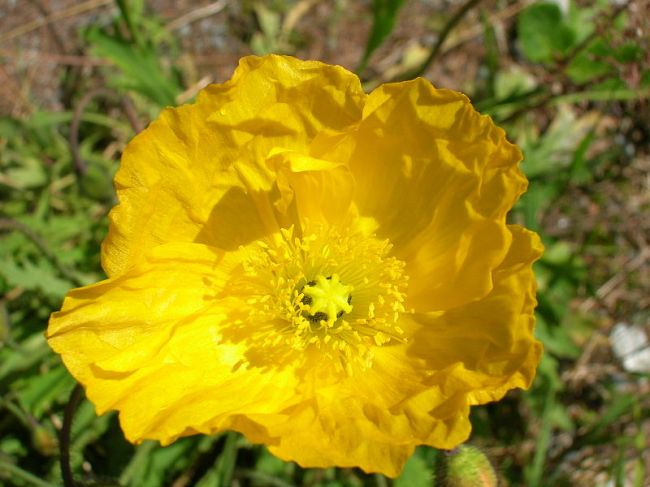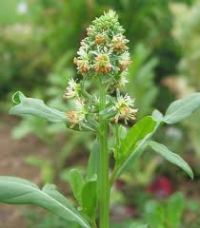
Papaver alpinum subsp. rhaeticum. Étienne Ruedin. 30 July 2006. Wikimedia Commons.
As part of the second installment on cool-season annuals, this post will feature more popular and scented cool-season annuals.
Poppies are a beloved cool season annual in many warmer locations in the temperate regions, as well as in cooler climates where they are annuals and perennials. Not many are fragrant that can be cultivated in gardens but P. alpinum and its subspecies are. These Austrian alps natives are perfect for cool rock gardens, and produce small yellow or white blooms from July to August. They have a hay-like scent. Related P. fugax is reported to smell like plums in bloom. The opium poppy, P. somniferum, is reported to be rankish in scent, but produces the seeds used for edible cooking in addition to its opiate properties.

Reseda odorata. http://www.robsplants.com
Mignonette is another plant much like violets and primroses that have just fallen out of fashion since the Victorian era. This come much to shame, since like the others, they are quite wonderfully and uniquely fragrant, said to capture the scent of crisp raspberries. The Reseda tribe is a weedy bunch, not able to be any bit impressive to the gardening eye, which is unquestionably why they have fallen out of fashion in this nose-less age. The genus is native to the Mediterranean realm but reached its azimuth in the French countryside, where it became a common garden and window box plant at the turn of the century.
The plant is unimpressive, looking like a weedy Mustard plant, with a leafy basal rosette and grayish unattractive flowers in tall spikes. R. alba and R. lutea are a bit more impressive to the eye, with whitish to yellowish flowers in tall spikes, with nice fragrance also. A yellow dye can be made from R. luteola. The species has a tendency to be weedy in areas they are introduced to, thriving particularly well in Canada as well as Australia and New Zealand.

Lathyrus odoratus ‘Gwendoline’. http://loghouseplants.com.
Perhaps no cool-season annual is as sweet or beloved universally as the sweet pea. I hardly know of any well-to-do garden in a cooler clime without a selection of sweet peas! These Sicilian natives have undergone much manipulation to meet the demand for the many modern day varieties with frills and multiple shades of colors, but the scent has not suffered as much as roses and musk flower through the various crosses. Wilder swears by the old fashioned grandifloras as being the sweetest, but I prefer high-scented or old-fashioned varieties.
The annual grows like lightning, up to six feet or more given proper climbing room and support. The sweet pea looks much like the edible peas (this one is not edible- the seeds are toxic) with light green two-paired leaves and a third leaf modified as a tendril, and flowers supported by a small spike on the axial plant tips. Flowers come in all shades except yellow and green, and some will sport multiple shades on different flower parts. The flowers are shaped like the typical pea flowers, but many varieties have frilled petals. They grow well is full sun, and moist but well-drained soil with adequate fertilizer.
Sweet peas also tend to have a magnificent scent, strongest in the early morning. The scent is like sweet violet covered in pink lemonade- sweet and tangy! Its enough to make friends with any nose, particularly the youthful one. It makes a nice cut-flower for a small vase but only lasts a day or so, tending to droop and drop in just a matter of hours. Grown in number they do fill a garden space beautifully with the scent as well.
Unlike the others, this cool-season annual will keep growing through the hot summers of the warmer climates, but will not flower from June to mid-September. It also can reseed in certain gardens if the seed pods are allowed to remain and drop. You may get some interesting color crosses of your own by allowing it! I highly recommend growing sweet peas at least once, if there is enough room in the garden for it, as they are easy to grow and rewarding all the same.
